In today’s digital-first world, poor user experience can mean lost customers and broken trust instantly. Imagine visiting a website that takes forever to load, an app that crashes mid-purchase, or a platform that glitches just when you need it most.
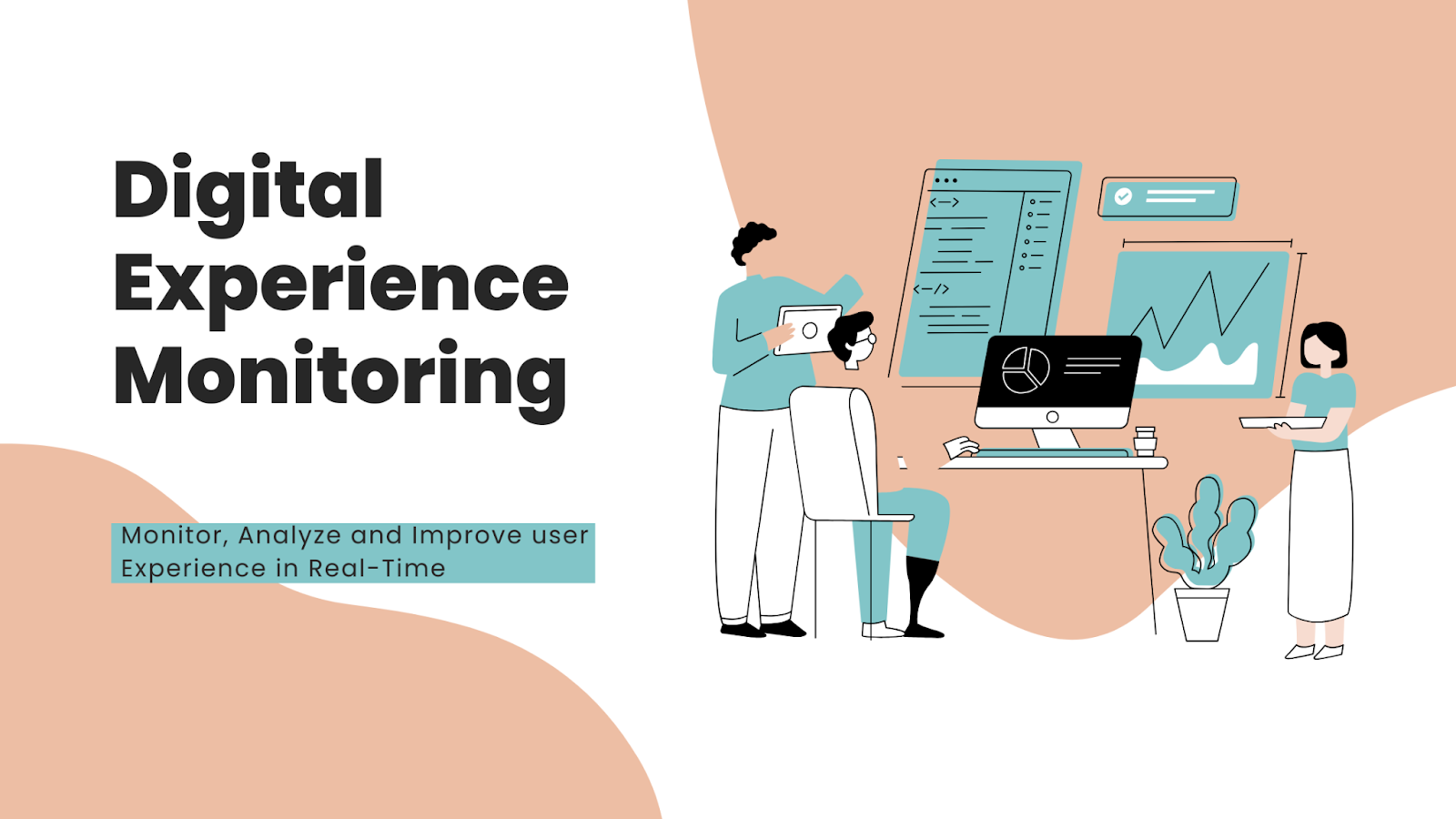
As digital interactions dominate how businesses connect with users, the pressure to deliver smooth, fast, and reliable experiences is higher than ever. This is where Digital Experience Monitoring (DEM) steps in. DEM is no longer a luxury for tech giants. It’s a must-have strategy for any organization that values customer satisfaction and digital performance.
In this guide, we’ll break down what DEM really is, how it works, the tools behind it, and why it’s essential for every digital business in 2025.
- What Is Digital Experience Monitoring (DEM)?
- How Digital Experience Monitoring (DEM) Works
- Major Elements of Digital Experience Monitoring (DEM)
- Digital Experience Monitoring Key Benefits
- Top Digital Experience Monitoring (DEM) Tools in 2025
- Common Use Cases of Digital Experience Monitoring (DEM)
- Digital Experience Monitoring (DEM) Implementation Challenges
- Final Thoughts: Why DEM is Important in 2025 and Beyond
- FAQs
What Is Digital Experience Monitoring (DEM)?
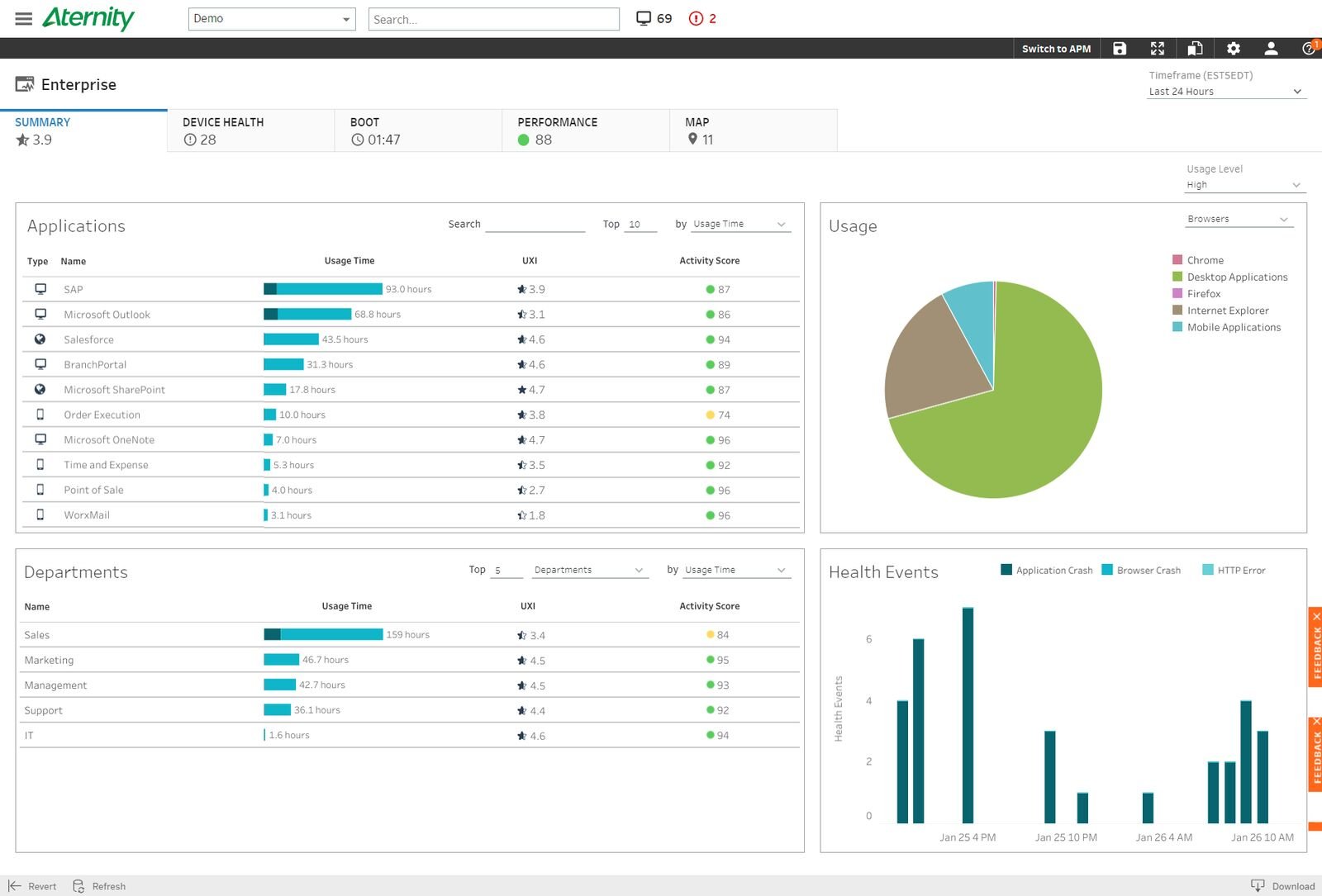
Digital Experience Monitoring (DEM) is the process of monitoring, analyzing, and improving the end-user experience on digital touchpoints including websites, applications, and clouds. DEM provides organizations with real-time visibility into how users use their digital services, from page loads to failed transactions.
In contrast to classic performance monitoring, which is primarily centered on server or infrastructure availability, DEM is user-centric. It monitors based on what the user is seeing, which allows companies to see performance issues that aren’t making it to backend metrics but are impacting user satisfaction nonetheless.
DEM helps answer Key questions like:
- Is the app launching smoothly for users across different regions?
- Is application crash occurring in mobile users?
- Which of our digital experiences are failing or leading to users drop-offs?
Also Read: Top 5 AI SEO Tools for Beginners
How Digital Experience Monitoring (DEM) Works
Digital Experience Monitoring is done by gathering data from various sources that embody real user engagement and performance trends. Those are the main methods:
1. Real User Monitoring (RUM)
- Records real user sessions in real time.
- Records statistics such as page load, errors, clicks, and navigation trends.
- Helps in detecting region-based or browser-based performance issues.
2. Synthetic Monitoring
- Places synthetic user activity on a recurring basis.
- Verifies website or application performance from geographically dispersed locations across the globe.
- Catches issues prior to affecting actual users.
3. Endpoint Monitoring
- Monitors the health and performance of laptops, tablets, and smartphones.
- Assists IT support professionals in supporting remote workers and identifying local performance problems.
These approaches combined provide a 360-degree perspective of digital performance for organizations to remain ahead of disruption.
Major Elements of Digital Experience Monitoring (DEM)
To provide true and actionable information, DEM solutions depend on a set of major elements combined to monitor and improve digital performance:
1. Collection of User Experience Data
- Collect real-time and historical data of user interactions.
- Comprises metrics such as page load times, response times, error rates, and user flow.
- Determines areas of pain that are experienced by users when interacting.
2. Visibility of Application and Network Performance
- Monitors application activity, server performance, and backend services.
- Monitors network latency, packet loss, or server crash that would impact the user experience.
- Makes all layers of the user experience transparent and measurable.
3. Integration with Other Monitoring Systems
- DEM tools are generally shipped with Application Performance Monitoring (APM), log management, or SIEM tools.
- Delivers combined visibility into infrastructure, applications, and end-user experiences.
- Enables easy collaboration among IT, DevOps, and customer services teams.
Collectively, these elements of functionality enable companies to actively improve performance and rapidly repair problems ahead of time before affecting users.
Digital Experience Monitoring Key Benefits
Digital Experience Monitoring is more than mere performance metrics. It creates business value by improving user satisfaction, operational efficiency, and brand confidence. Here’s why:
1. Early Detection of Performance Issues
- DEM software identifies slowdowns, downtime, or subpar service ahead of time before end users detect it.
- Facilitates issue resolution ahead of time, avoiding user complaints and downtime.
2. Improved User Satisfaction
- Ongoing monitoring guarantees prompt load times and seamless navigation.
- Better user experience equates to increased retention, loyalty, and conversion.
3. Application and Service Delivery Optimized
- Highlights real-time performance hotspots (e.g., slow APIs or failing servers).
- Helps engineering and IT organizations in optimizing apps for responsiveness.
4. Supports Data-Driven Decision-Making
- Product development, infrastructure enhancements, and UX optimizations are informed by DEM data.
- Help issues prioritization by actual user impact for the teams.
5. Greater Visibility Across Teams
- Offers a single source of truth for DevOps, IT, and business stakeholders.
- Promotes quicker, more collaborative troubleshooting and planning.
Top Digital Experience Monitoring (DEM) Tools in 2025
The choice of the right tool is important to enable effective DEM. In 2025, the below platforms lead the pack in their functionality, integrations, and performance:
1. Dynatrace
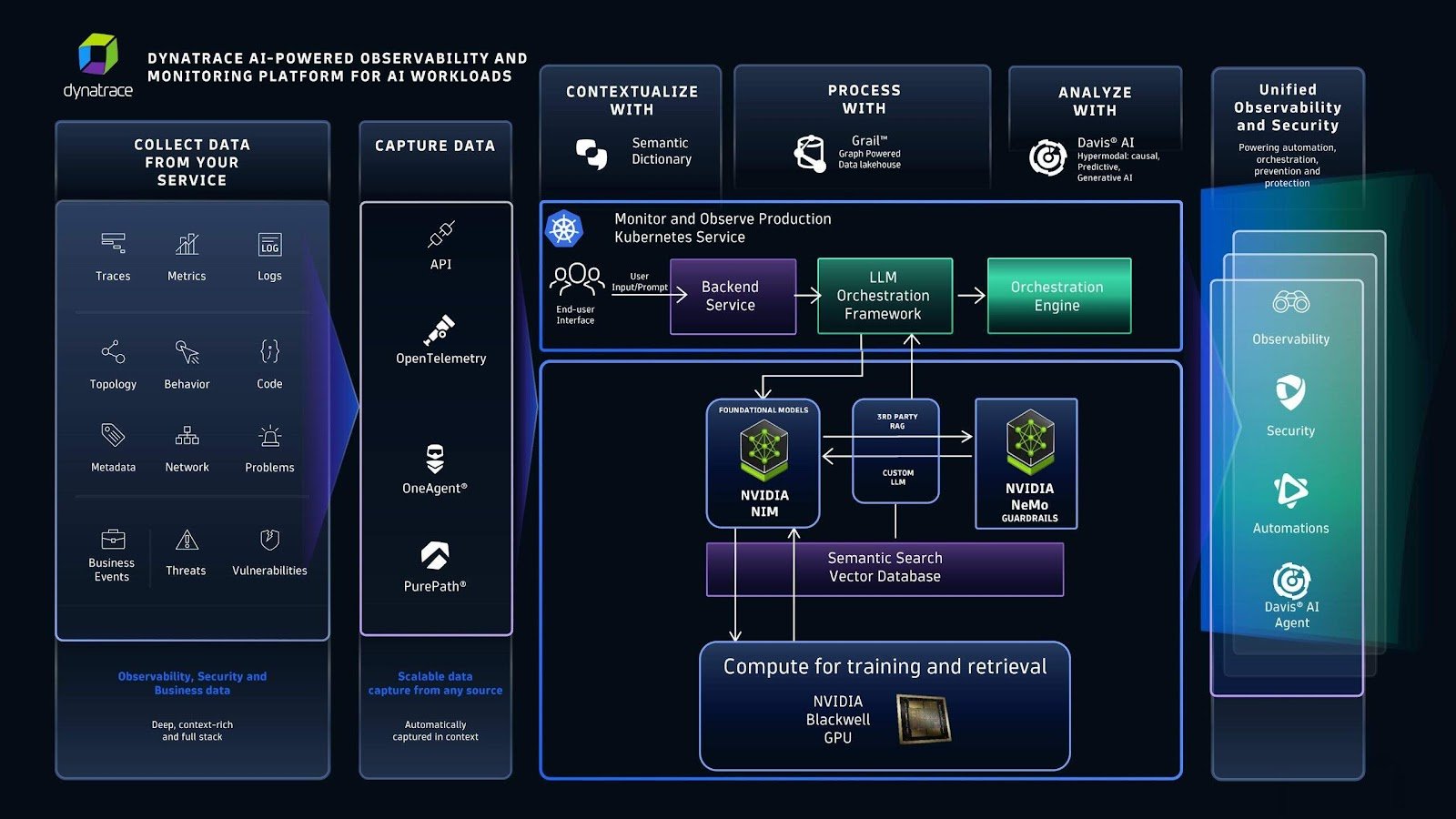
- Provides end-to-end full-stack observability with AI-driven insights.
- Combines Real User Monitoring (RUM) and detailed application and network visibility.
- Ideal for businesses that require end-to-end visibility.
2. Datadog
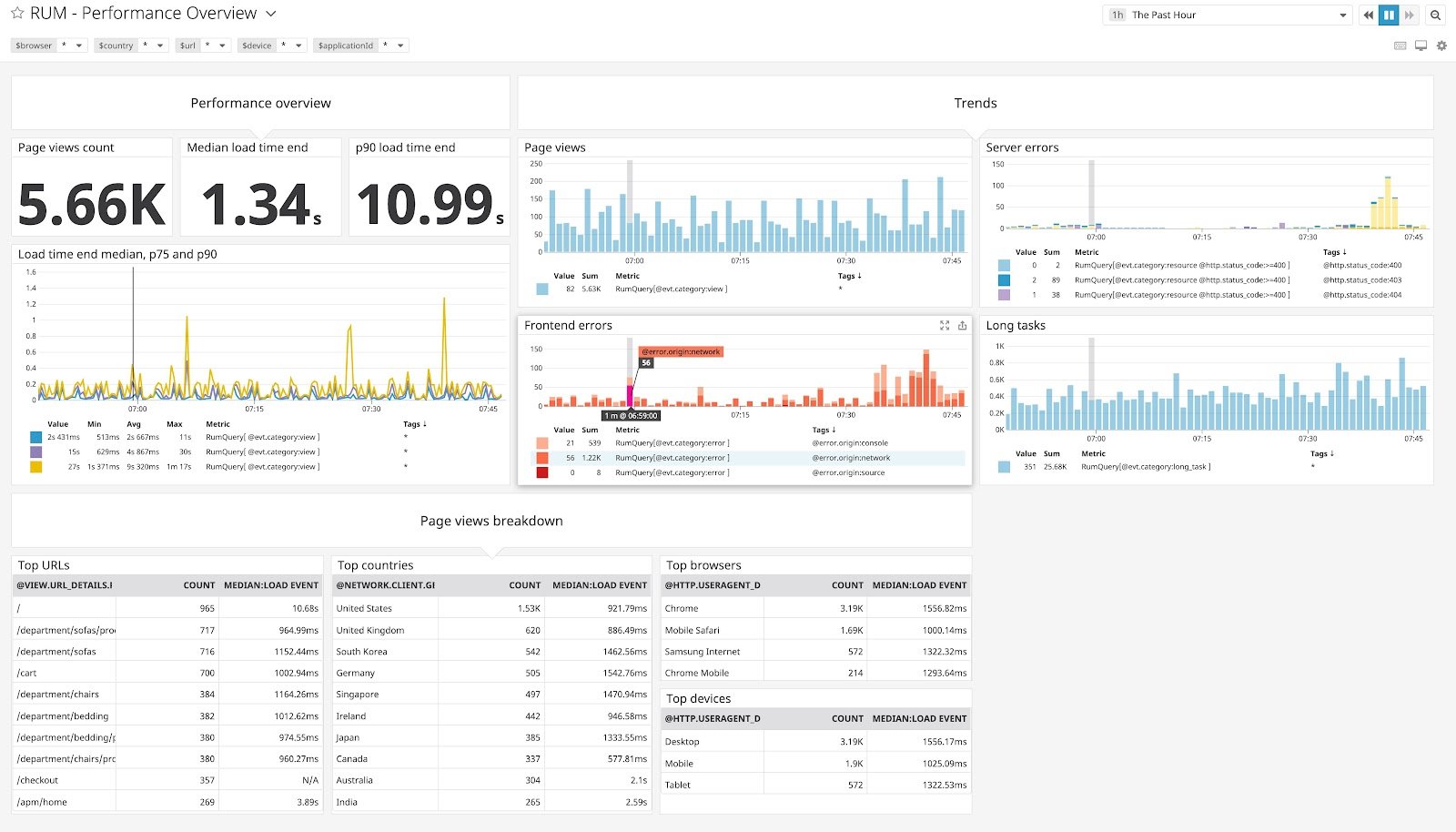
- Cloud-native and developer-centric.
- Offers synthetic and real user monitoring with dashboard personalization.
- Ideal for companies that oversee multi-cloud setups.
3. AppDynamics
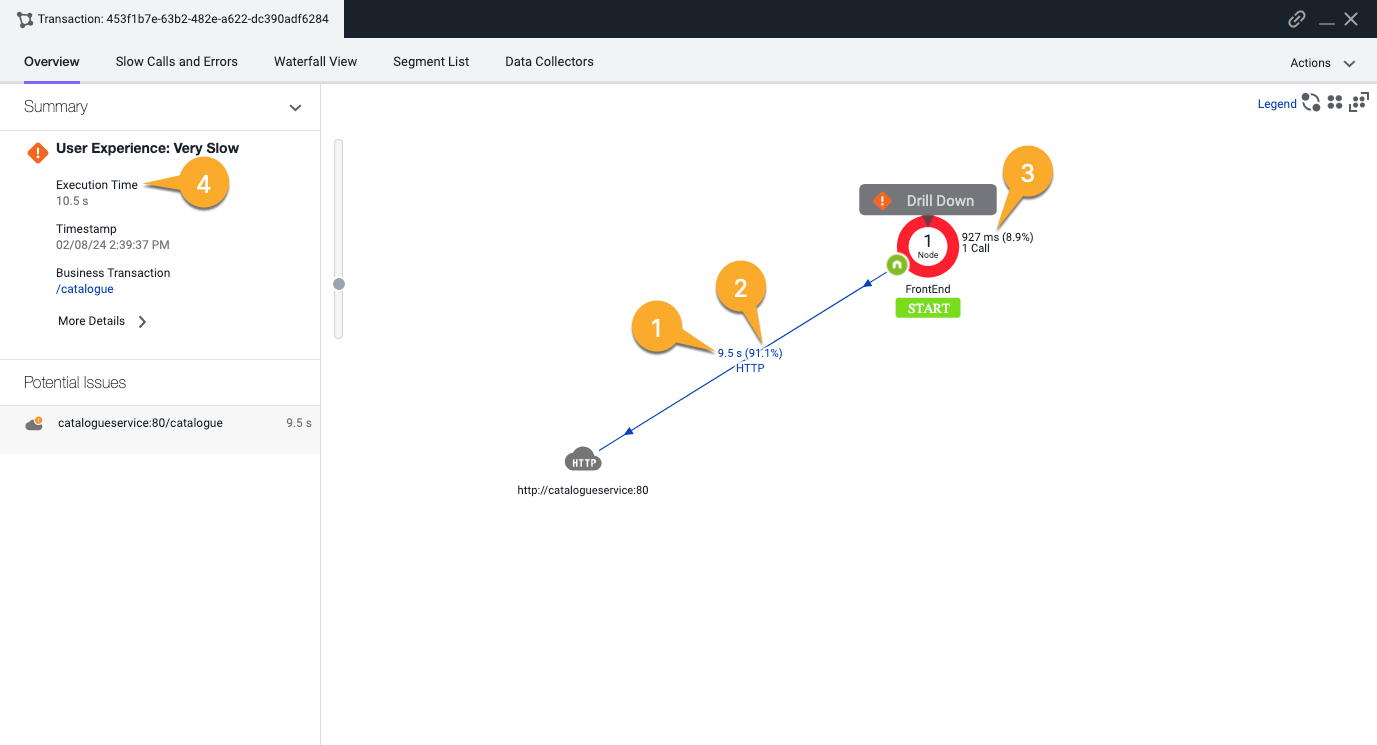
- Offers performance monitoring with business transaction flow emphasis.
- Maps technical performance to user and revenue impact.
- Offers solid integration with Cisco for enterprise-level infrastructure monitoring.
4. Catchpoint

- Experts in internet performance and digital user experience monitoring.
- Associated with end-to-end visibility into edge infrastructure, CDNs, and ISPs.
- Recommended by global web traffic firms and complex delivery chains.
Common Use Cases of Digital Experience Monitoring (DEM)
Digital Experience Monitoring is used quite extensively across sectors to provide fast, responsive, and frictionless digital performance. Some real-world examples where DEM is used in a prominent way are discussed below:
1. E-commerce Websites
- Monitors website performance during the peak sales period.
- Identifies and resolves shopping cart or checkout slow-downs before they impact conversions.
- Monitors user workflow to streamline product discovery and load.
2. Financial Industry
- Guarantees banking app, payment gateway, and dashboard availability and responsiveness.
- Monitors digital transaction delay and user logon performance in real-time.
- Guarantees regulatory compliance with consistent service performance measurements.
3. Remote Workforce Support
- Monitors remote workers’ VPN performance, virtual desktops, and SaaS applications.
- Assists IT organizations in resolving slow systems or app downtime that hurts productivity.
- Improves employee digital experience across several locations and networks.
4. SaaS and Cloud-Based Platforms
- Delivers stable app experiences for multi-region users.
- Identifies lags or API errors that affect user workflows or subscriptions.
- Provides real-time metrics to engineering and product teams for performance optimization.
Digital Experience Monitoring (DEM) Implementation Challenges
While DEM provides rich insights, its adoption can involve some process headaches. Being aware of these allows teams to prepare and mitigate some of the most common issues:
1. Data Privacy and Compliance
- Collecting user interaction data might trigger GDPR, HIPAA, or local privacy compliances.
- Organizations have to put in place DEM tools so sensitive information is anonymized or masked.
2. Integration with Legacy Systems
- DEM tools must be integrated with legacy systems, CRMs, CDNs, and other monitoring stacks.
- Poor integration causes data silos, false alarms, or wasted effort.
3. Cross-Team Coordination
- DEM covers IT, DevOps, customer success, and business units.
- When such teams do not collaborate, there is an instance of end-to-end incident delay or misprioritized work.
4. Tool Complexity and Learning Curve
- There are some DEM tools that are feature-heavy but hard to learn.
- Onboarding, setup, and calibration of the dashboard require time from the team.
Recommended Read: Developing a Social Media Strategy to Drive Brand Awareness & Bring ROI
Final Thoughts: Why DEM is Important in 2025 and Beyond
Customer satisfaction in today’s speedy digital era relies significantly on real-time and seamless experiences. Digital Experience Monitoring (DEM) is a necessity to catch performance issues early before they strike users so companies remain competitive and responsive.
Whether you’re running an e-commerce site, a SaaS app, or a hybrid workforce, DEM investment is no longer discretionary. It’s critical. As apps become increasingly complex and user expectations grow, DEM ensures you’re delivering consistently faultless digital experiences.
Proactive Monitoring = Improved Business Outcomes. Future-proof your operations now with the proper DEM practices.
For more expert insights, visit our Digital Marketing Page, and get ahead of the curve.
If you have valuable tips or experiences to contribute, Write for Us and inspire professionals working to grow smarter in 2025.
FAQs
Why is DEM important for businesses in 2025?
In 2025, digital experiences drive customer satisfaction, retention, and revenue. DEM ensures businesses stay ahead by resolving issues quickly, reducing downtime, and optimizing application performance across all user touchpoints.
Which industries benefit the most from DEM?
Industries like e-commerce, finance, SaaS and remote workforce management benefit most, where performance and user experience directly affect customer trust and business outcomes.